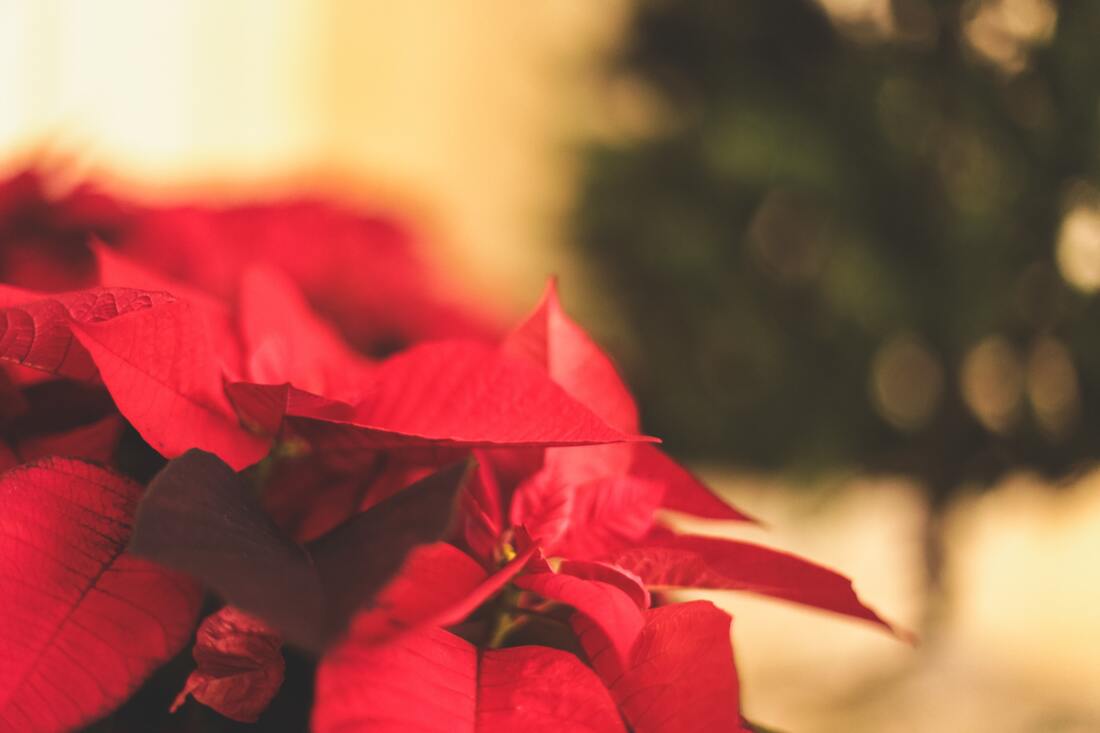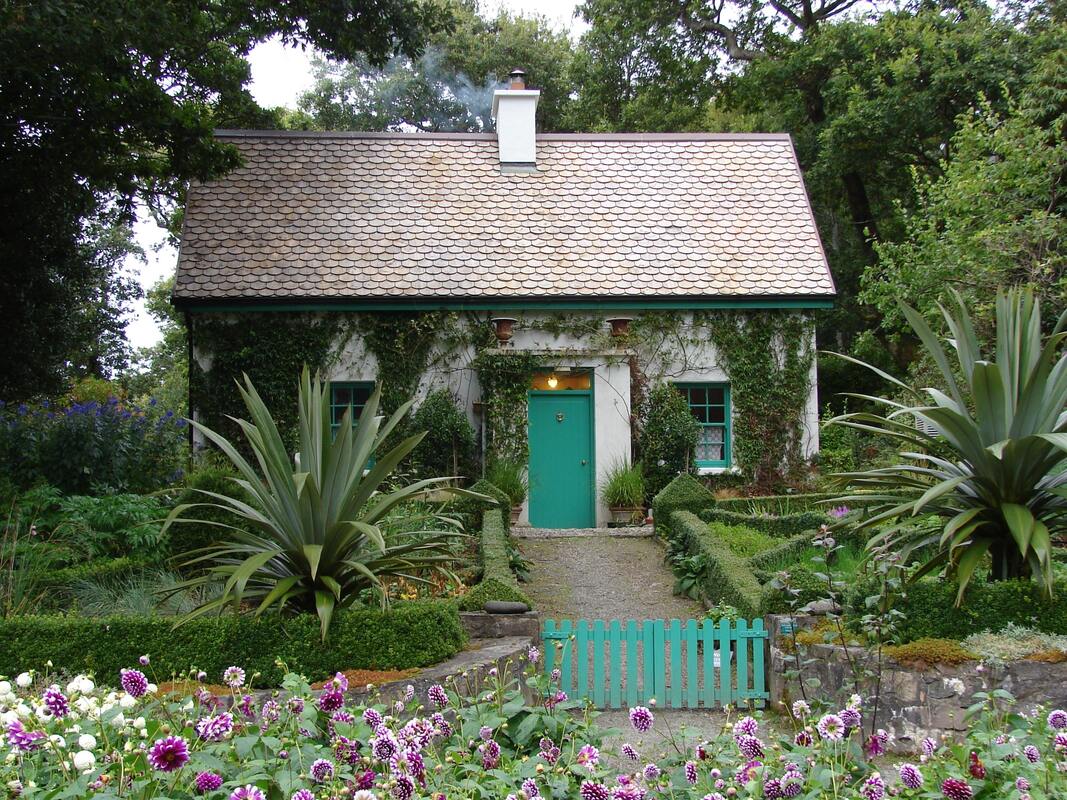|
Collaborative Post | When purchasing a home there are obviously lots of upfront costs to consider, such as stamp duty, deposit, valuation fee and surveyors’ fees to name a few. One aspect that can be overlooked initially is the cost of insurance, however it is worth looking into this early on, especially if you fall in love with and wish to purchase a non standard home. A non standard home is one that is classed as one that is either built using non standard materials or built in a riskier area. In insurance terms this means a standard home policy would not protect your property, so you would need a non standard home insurance policy. So, this would be relevant if you were purchasing a listed building, renovated building, a home in a flood risk area or even a second home. Here we will look into why this. Listed buildingsFrom time to time, listed homes come on to the market in the UK and are snapped up, and it’s not hard to see why. They are usually stunning, unique properties with great character and history. However, with this slice of property heaven comes extra costs. On average they are 131% above the national asking price for a property in the UK. Additionally, because listed buildings are usually made of rarer materials and cost more to repair if they are damaged, they will require a listed building home insurance policy to make sure they're protected. There are around 400,000 listed buildings in the UK, non-standard home insurance for a listed building would cover fire, flood and storm damage, vandalism, and theft, burst pipes, subsidence and damage caused by falling tress for example. Add ons can include options such as legal expenses, accidental damage, and unoccupied property insurance if your home is left empty for a period of time – usually 30 days. Maintaining a listed building is incredibly imported, as it can help both keep the house in the standard it should be but also help reduce the risk of making an insurance claim. Simple measures can include:
Flood risk homesThere are around 5.2 million properties in the UK that are built in areas that are at risk of flooding. With the impact of climate change growing rapidly, it is highly likely this number will increase over the coming years. One way to check if your property is in a flood risk area is to check via the Environment Agency’s flood checker, where you input your postcode and it can inform you of the details. Buying a property in a flood risk area would also require a non standard home insurance policy, and if you are considering purchasing a property in an area that has been hit by flooding in the past, you need to properly assess and understand how your property could be affected. Buying in a flood risk area obviously makes the cost of the non standard insurance policy more expensive than a standard policy. There are always steps you can take however to protect your home as much as possible and to fully understand the risks associated with the property. These include:
Renovated buildingsRenovating properties has becoming increasingly popular over the last few years, with many homeowners enjoying the idea that they can turn a property into their forever home and renovate it to their ideal specifications. However, if you are considering doing this, one aspect again to consider is the insurance side of things, and how a standard insurance policy would not be appropriate for a renovation project. A standard home insurance policy would not cover major renovation works, because any renovation work increases the chances of something going wrong and you needing to make a claim. For example, accidents such as a collapsed wall, theft (if part of the property is exposed during renovation), fire or injury to those at the property, renovation insurance would cover the costs incurred. The types of renovation where a non standard policy maybe needed might include an extension, loft conversion or extension for example. The policy would cover elements such as the property being unoccupied whilst the renovations’ are ongoing, subsidence, damage to your property or that of a neighbours and theft of any materials from the site. Second homesNearly half a million people own a second home in the UK. However, it is often a surprise to many that if you are lucky enough to own a second home then it will need a non standard home insurance policy. The main reason it would need one and not a standard home insurance policy is because it will often be unoccupied for over 30 days. Additionally, a second home is viewed differently because you may rent it out as a holiday home or even on a long term lease. You should always make sure your insurer knows a second home is not your main residence as well.
Whatever purchasing journey you go on with the property you choose, always check your insurance details first so you are fully informed of any costs, and that you get the right type of policy suited to your needs. For some of the best policies on the market make sure you visit InsureMy. Disclaimer: this is a collaborative post Collaborative Post | Flowers are universally thought of as a summer aesthetic, which is why it can be difficult to know what plants are great for the winter months. Winter is well known as a time for bare and often unsightly branches, and a lack of overall colour. This is why it can be beneficial for our mood and well-being to adorn our homes and gardens with flowers that bloom brightly during this time - and there is a wide array of them! Christmas is a time of love, laughter and bright, bold colours. So with Christmas quickly rocking up at our doors, we’ve gathered our absolute favourite winter bloomers to give your home and garden life where you may not have seen it before. If you’re unsure of how to start your planting journey, you can always hop on the web and search for: ‘gardener near me’ PoinsettiasAs soon as we think of Christmas, we think of poinsettias. Why? Because when a poinsettia flowers it displays vivid red bracts and dark green leaves that instantly scream traditional Christmas aesthetic. Their sharp angled shapes also emulate the look of mistletoe, making them the perfect decoration for not only the exterior of your home but the interior too! Poinsettias can grow from one to three metres in height when out in the wild but can be potted for indoor use making a fabulous festive centrepiece for your home. Their red bracts are often mistaken for flowers, allowing them to keep their bold colouring in cold temperatures. This stunning coloured plant can also be found with bracts of pink, pale green and white, for those not fond of the red vibe. When they flower, they display small yellow petals in the centre of the bracts, which often can be mistaken for pollen.  Photo by Jessica Fadel on Unsplash Christmas CactusThe Christmas cactus says it right in the name! If you’re looking for something a little edgier this Christmas, why not give it a go? The Christmas cactus isn’t actually a true cactus, therefore it’s not quite as drought-tolerant as the name implies. It is, however, a species of succulent. The Christmas cactus was originally given its name due to it continuing to boldly bloom throughout Christmastime in the Northern Hemisphere. Christmas cacti bloom red flowers, though they can also be found in pink and white. Their flowers are similar to those of daisies, and their leaves display long, rounded teeth like those of a cactus. They are an easy houseplant to maintain, however, if you want to ensure the blooming of Christmastime flowers it’s vital you follow strict steps regarding lighting to keep them content. Winter PansiesIt’s well known that pansies prefer a cooler climate, so it’s no surprise to us that they come in winter form. Winter pansies can survive short frosts, though they thrive in a mid-temperature environment - not too hot and not too cold. If you’re looking to plant winter pansies, it’s best to sow them as early as possible before winter sets in. We recommend planting them during September and early October to see the most benefits. Winter pansies are the perfect shrub to bring in once your summer plants are looking a little worse for wear. They come in a huge array of colours, such as orange, yellow, red, white, purple and even blue. The perfect addition for those seeking some Christmas-time colour. Winter HeathersAnother plant giving us that Christmas-time feels is the winter heather. Winter heathers are extremely vibrant, coming in colours from oranges to pinks, purples, whites and more. The winter heather is an easy plant to grow, unlike some other cold-season shrubs, so they’re perfect for beginner-level gardening and plant care. They work both in flower beds and pots and can be strategically arranged to create a patchwork or gradient colour effect, adding that much sought-after life to any winter garden. Winter heathers thrive in both direct sunlight and light shade, so there’s no need to worry about your heathers wilting due to specific lighting environments. Christmas RoseThe Christmas rose is the flower of Christmas-time romance. Otherwise known as Helleborus niger, the Christmas rose boasts stunning dark green leaves with a wide array of petal colours. Depending on your preferred winter aesthetic, you can choose from purple, white, pink, pale yellow, black or spotted. The Christmas rose is a must-have for adding that instant pop of colour to your winter garden. Jingle BellsTheir fun, festive name jingle bells, otherwise known as clematis cirrhosa, are a great option for adding some fun and festivity to your garden. Jingle bells are known for their dreamy white flowers, giving us that snowy, winter feel. Jingle bells are evergreen climbers with dark green leaves, making them the perfect plant to grow over structural archways. It’s easy to install a trellis or wiring to a pot, fence, or even the exterior of your property to create a gorgeous fairytale woodland feel to your home all year round. DawnThe dawn plant, otherwise known as viburnum bodnantense, usually flowers anytime between October to March depending on the severity of the cold weather. During a milder winter, they tend to flower earlier. Before flowering the dawn plant is completely bare, emulating the naked branches surrounding it. However, just at the right time the dawn sprouts a multitude of stunning flowers similar to those of a spring cherry blossom. Its flowers boast a sweet perfume that is sure to liven up your garden during the duller months. This is a straightforward plant to grow, growing in any type of soil, as long as you take care to maintain the level of water around the shrub. Viburnum grows quickly and efficiently, so you may find yourself trimming back the branches once winter has lifted. These clippings are ideal for home decor, giving your space a wonderful aroma for weeks on end. Indoor AzaleasIndoor azaleas are a great option for those who want to bring nature indoors this Christmas time. If you love adorning your home with flowers and stunning colours, the indoor azalea thrives on a cool windowsill at temperatures from around 10-15C. Although they prefer to be away from intense sunlight, so on those particularly sunny winter days it’s a good option to move them further indoors.
Indoor azaleas make the perfect centrepiece coming in a range of colours, from peach to white, lavender, pink, red or bi-coloured. Disclaimer: this is a collaborative post Collaborative Post | A person won't necessarily feel alcohol's impact on his body immediately. However, it begins the moment he takes his first sip. Did you know continuous and heavy alcohol use may harm your liver? It contributes to low levels of testosterone and high levels of oestrogen, ultimately leading to erectile dysfunction. Alcohol alters the chemicals in your brain, including the part associated with inhibition. Men drink more excessively than women. Excessive drinking is linked with significant risks to men's health. The risks increase as the amount of alcohol intake increases. If you drink, you probably had some experience, from the warm buzz that quickly kicks into the wine headache or the hangover that happened the following day. However, these effects don't last long; you might not worry much, especially if you don't drink often. Drinking any amount of alcohol may potentially lead to undesirable health issues. Those who binge drink or drink heavily may have more health effects sooner. However, alcohol also poses risks for people who drink in moderation.  Photo by Kevin Kelly on Unsplash Short term effects of alcoholShort-term effects you might notice while drinking alcohol (or shortly after) are:
These effects may not last long, but that doesn't make them insignificant. Impulsiveness, loss of coordination, and mood changes may affect your judgment and behaviour and contribute to more far-reaching effects, like accidents, injuries, and decisions you later regret. Appearance and weight gainDrinking alcohol adds to the overall calories you consume daily from everything you eat and drink. However, calories from alcohol are empty calories, and they have little nutritional benefit. Therefore, consuming extra calories through drinking alcohol lead to weight gain. Different alcoholic drinks have other calories, and most are high in sugar. So a pint of lager contains the same calories as a pizza slice or a large wine glass, the same as an ice cream sundae. Alcohol also replaces the amount of fat your body uses for energy. However, as you can't store alcohol, your body prioritises its metabolism over absorbing nutrients and burning fat. Men show weight gain around their middle, which is how the term 'beer belly' arises. Fat around the centre of our bodies is harmful as it is directly on the organs inside your abdomen (belly), including the liver. Weight gain from any cause, including drinking, as well as alcohol's effect on men's hormones, may also show around the chest in men, causing the breasts to get bigger. This is often referred to as a man's boobs. All alcoholic drinks are calorific; the more we drink, the more likely we'll gain weight. Liver damage and pancreatitisThe liver breaks down and removes toxins and harmful substances like alcohol from the body. Unfortunately, long-term alcohol use interferes with this process. It also increases the risk for chronic inflammation and alcohol-related liver disease:
When it comes to processing the alcohol you drink, your liver does most of the work. But, of course, it's not invincible, and years of dealing with large amounts of alcohol may eventually lead to cirrhosis. It is a severe form of liver damage that prevents it from working correctly. While cirrhosis doesn't always cause symptoms in the early stages, you should see a doctor if you notice symptoms like:
Cirrhosis can't be cured, but treatment may slow the damage down. Too much intake of alcohol over time can cause inflammation of the pancreas, ending in pancreatitis. Pancreatitis may activate and release pancreatic digestive enzymes, which cause abdominal pain. Pancreatitis may become a long-term condition and cause serious complications. Sugar levels The pancreas regulates how the body uses insulin and responds to glucose. Suppose your pancreas and liver do not work correctly due to pancreatitis or liver disease. In that case, you may have low blood sugar or hypoglycemia. A damaged pancreas may also prevent the body from producing enough insulin to use sugar. This can lead to hypoglycemia or too much sugar in the blood. Suppose your body can't manage and balance your blood sugar levels. In that case, you may experience more significant complications and side effects of diabetes. Avoid excessive amounts of alcohol if you have diabetes or hypoglycemia. Effect on the circulatory systemChronic drinking may affect your heart and lungs, raising the risk of developing heart diseases. Circulatory system complications are:
How does alcohol affect a man sexually?Excessive alcohol use can intervene with testicular function and male hormone production. This interference results in erectile dysfunction and infertility. If you are sexually suffering from alcohol intake, you may buy Viagra pills. Men who drink excessively have increased chances of risky sexual activity, like unprotected sex, having multiple partners, or sex with a partner with sexually transmitted infections. Therefore, men may lessen the amount of alcohol to reduce the risk of health problems and other harm. Erectile dysfunction Drinking large amounts of alcohol may make it hard to get or keep an erection. It is called erectile dysfunction (ED). Alcohol intervenes with the brain's messengers, signalling the penis to get blood. It may also happen because alcohol reduces the production of testosterone. Testosterone is the hormone that controls male sexual functions. Problems with orgasms Alcohol interferes with your ability to feel sexual stimulation. It does this by interfering with the signals between the brain and the genitals. After heavy drinking:
Sex drive (libido) Drinking heavily over time can lead to a lower sex drive (libido). This is because it reduces your levels of testosterone. Shrinking of sex organs High-risk drinking over a long time may cause a man's testes and penis to shrink. Fertility Lowered testosterone can affect sperm production. This can reduce fertility. Women who drink heavily for a long time may find they stop ovulating. Even small amounts of alcohol can affect fertility. Sexually transmitted infections (STIs) Alcohol lowers your inhibitions and affects your judgment. As a result, it increases your chances of having unprotected sex. Alcohol also puts you at risk of sexually transmitted infections. ConclusionHeavy alcohol intake reduces the body's natural immunity. A weaker immune system has a more challenging time protecting you from germs and viruses. Alcohol use may begin to take a toll on men's physical and mental well-being over time. These effects may be more severe and noticeable if you drink regularly and tend to drink more than moderately.
Disclaimer: This is a collaborative post |
Search my blog ...Categories ...Read my latest blog post!Subscribe below to receive regular updates by email:
Archives
July 2024
|



